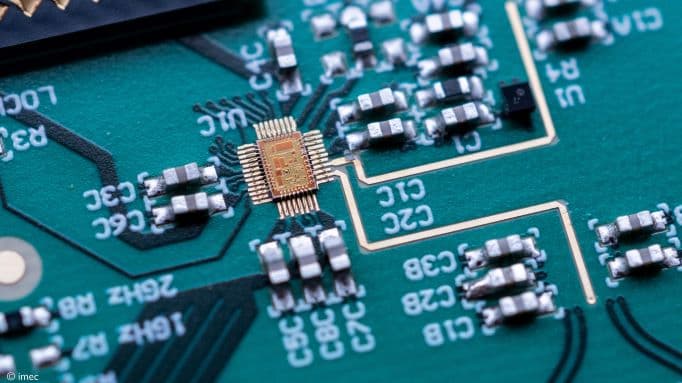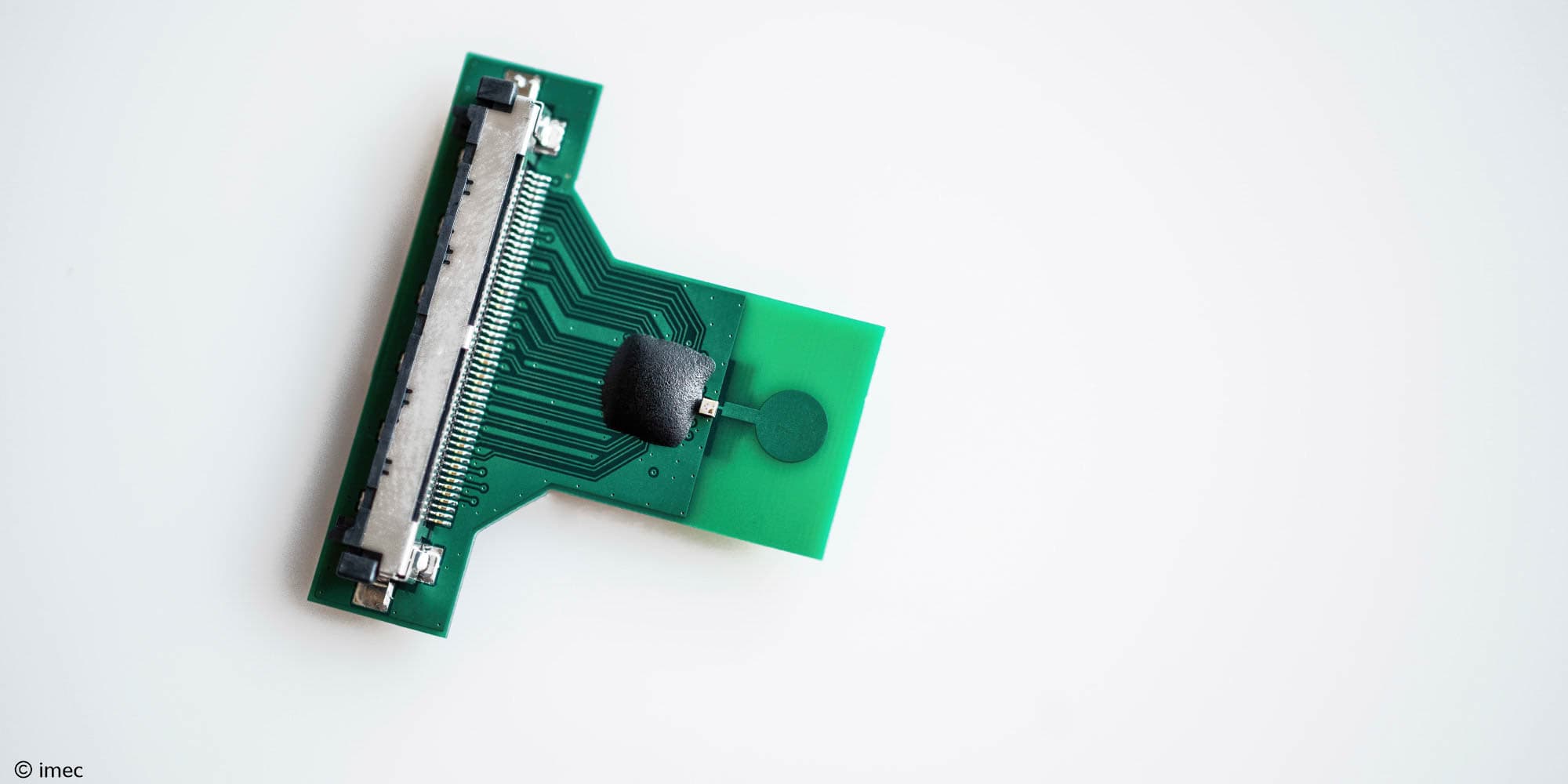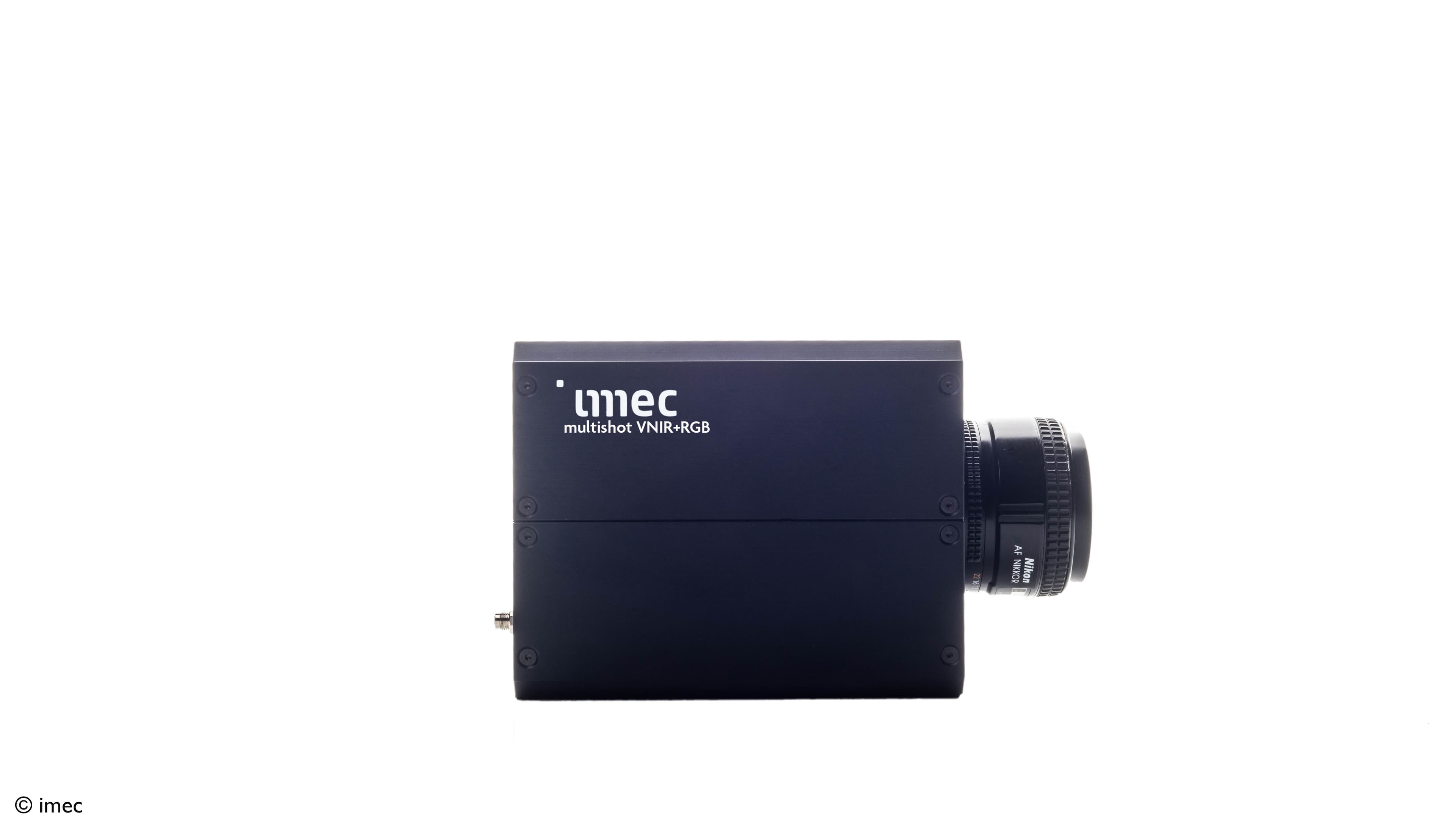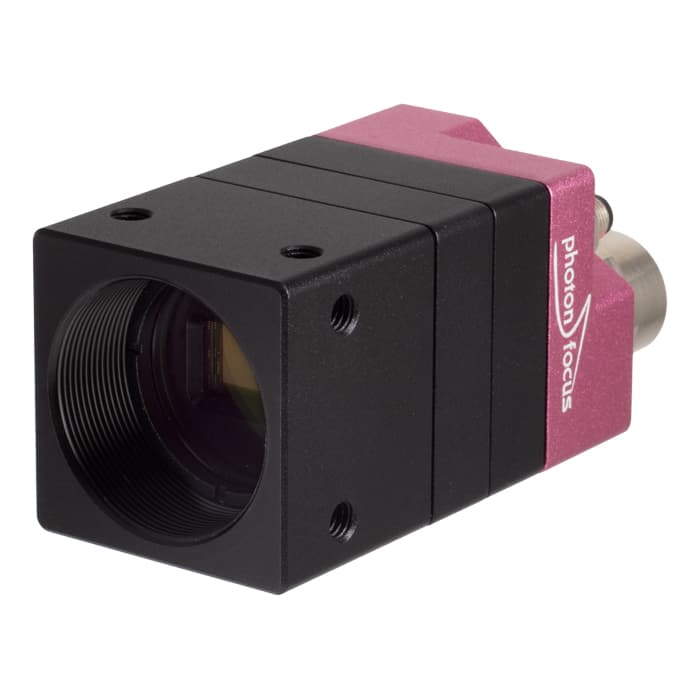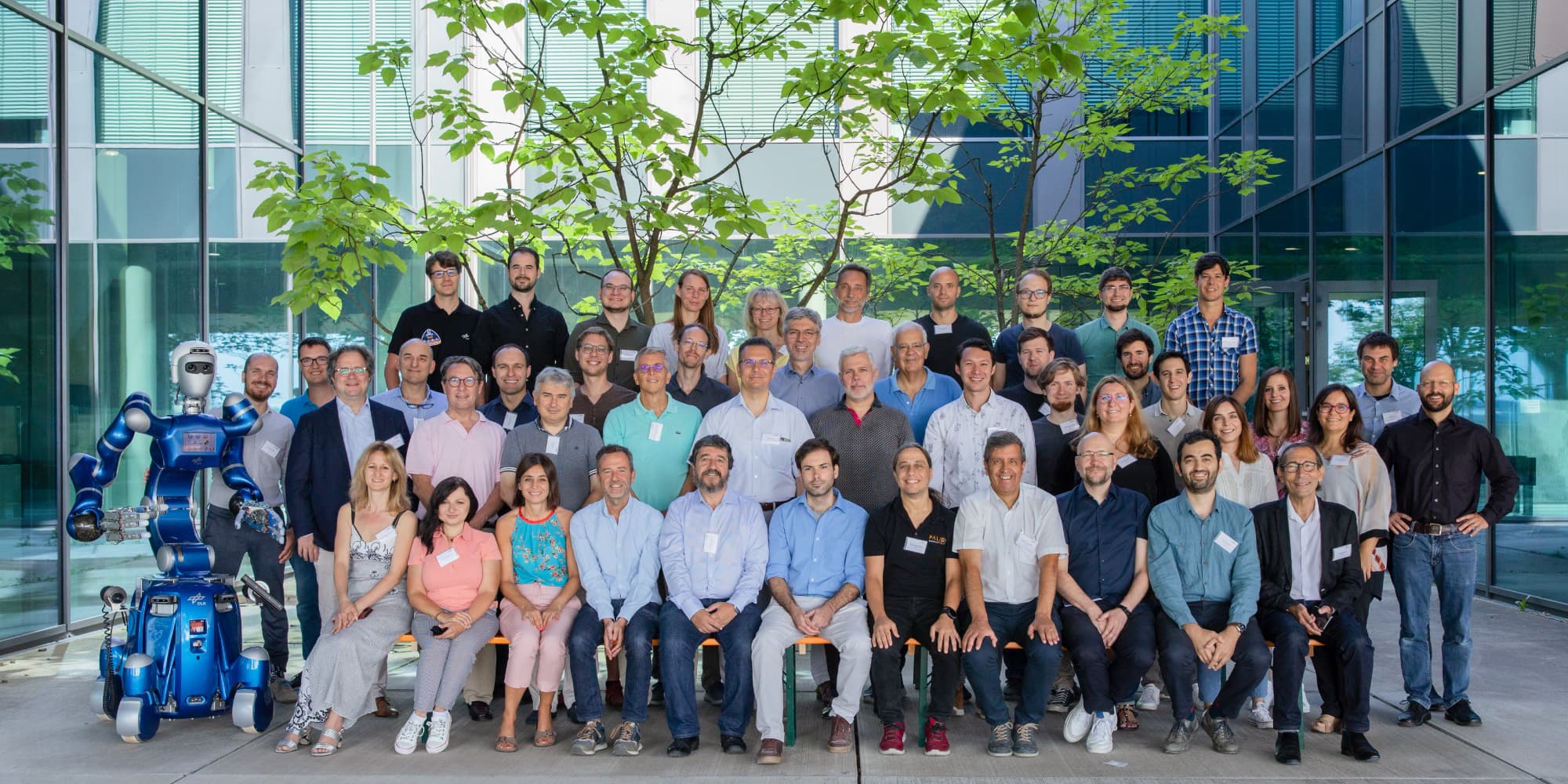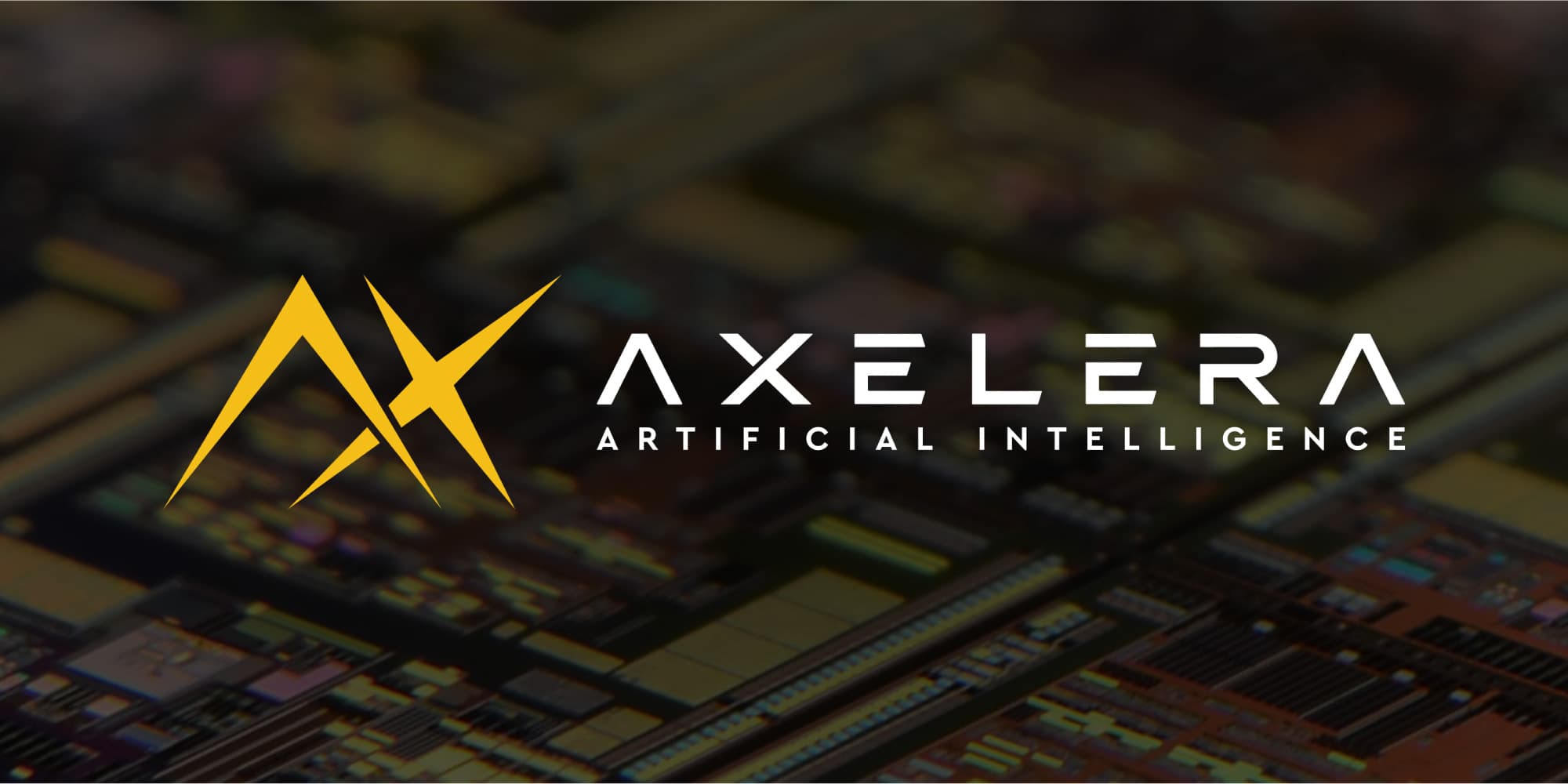
SNRoof
Solar multi-junction cells iNtegrated in 3D curved ROOFs of electric vehicles
Electric vehicles (EVs) are on an exponential rise around the world. They have the potential to significantly reduce CO2 emissions – but only if charged using renewable energy in a grid-friendly way. While self-charging EVs using roof-mounted photovoltaics offer a unique solution, much R&D is still needed to cut costs and overcome performance and aesthetics-related limitations. SNRoof aims to develop an efficient, reliable, high-power-density and cost-competitive integrated photovoltaic sunroof for electric vehicles.
An elegant solution to achieve an ambitious goal
The EU has set an ambitious target to reduce CO2 emissions of new passenger cars by one-third by 2030, and electric vehicles will play an important role in achieving this goal. However, the electricity used to power EVs must also be low-emission and preferably coming from renewable energy sources tapped outside of peak consumption hours in the mornings and evenings. Self-charging EVs that directly charge from the sun during the middle of the day could potentially solve both of these challenges at once.
More efficient photovoltaic cells to allow more range extension
Because of technology constraints, the first self-charging passenger cars (Toyota Prius Prime, Karma Fischer Revero, Hyundai Sonata, etc.) that have been commercialized are limited to maximum power outputs below 204W which limits the achievable range extension or reduction in CO2 emissions. At the other extreme, Toyota recently demonstrated a EV-mode cruising range equivalent of 44.5 km/day using approximately 860 W of extremely expensive space solar cells. As a result, further research is needed to pave the way for photovoltaic cells that produce more power covering less surface area without compromising looks and costs.
An experienced consortium for the SNRoof project
The SNRoof consortium consists of 4 industrial partners (AGP eGlass, Arkema, IPTE, and MAM) with a strong track record in the automotive industry and 4 imec/EnergyVille research teams (IMOMEC, ESYSTEMS, PVCM, TFPV) that bring complementary expertise from advanced cell technology all the way to system integration and modeling. SNRoof is led by AGP eGlass who brings its expertise as a leading automotive glass manufacturer of high-tech glazing, as evidenced by its latest eGlass 2.0 factory located in Ghent (Belgium).
New materials and technologies that achieve more with less
The SNRoof consortium will develop different generations of laminated panoramic sunroofs containing integrated photovoltaics with excellent aesthetics and improved tolerance to shading. The first generation will target power densities (PD) of more than 190 W per square meter using standard silicon solar cells and interconnection technologies. The second generation will target PD >210 W/m2 using advanced silicon technologies. Finally, the third generation will aim at demonstrating the feasibility of achieving PD > 230 W/m2 using novel perovskite/silicon tandem technology.
Altogether, the project defines four high-risk, high-gain research goals:
- developing and scaling innovative interconnection technologies for large area crystalline silicon and perovskite/silicon tandem solar cells.
- innovating curved glass coating and lamination technologies that meet automotive requirements;
- creating shade-tolerant PV cell module layouts using the support of advanced modeling tools.
- Realizing industry relevant proof-of-concepts for the different generations of panoramic sunroofs.
Lower emissions, cleaner environments, simpler grid management
The SNRoof project will contribute to the achievement of energy transition goals defined by regional, federal and EU governments, which aim for significant social and economic benefits. Even more, EVs with integrated photovoltaic technologies are much more environmentally friendly, and may even simplify the future operation of increasingly complex electrical grids. New markets – such as for buses, commercial vehicles and trucks – will also open up.
“SNRoof aims to develop an efficient, reliable, high-power-density and cost-competitive integrated photovoltaic sunroof for electric vehicles.”
Video
SNRoof
Solar multi-junction cells iNtegrated in 3D curved ROOFs of electric vehicles
SNRoof is an imec.icon research project funded by imec and Agentschap innoveren & ondernemen.
It started on 01.10.2020 and is set to run until 30.09.2022.
Project information
Industry
Research
Contact
- Project lead: Francis Steyaert
- Research lead: Loic Tous
- Proposal Manager: Eszter Voroshazi
- Innovation manager: Eric Van der Hulst





